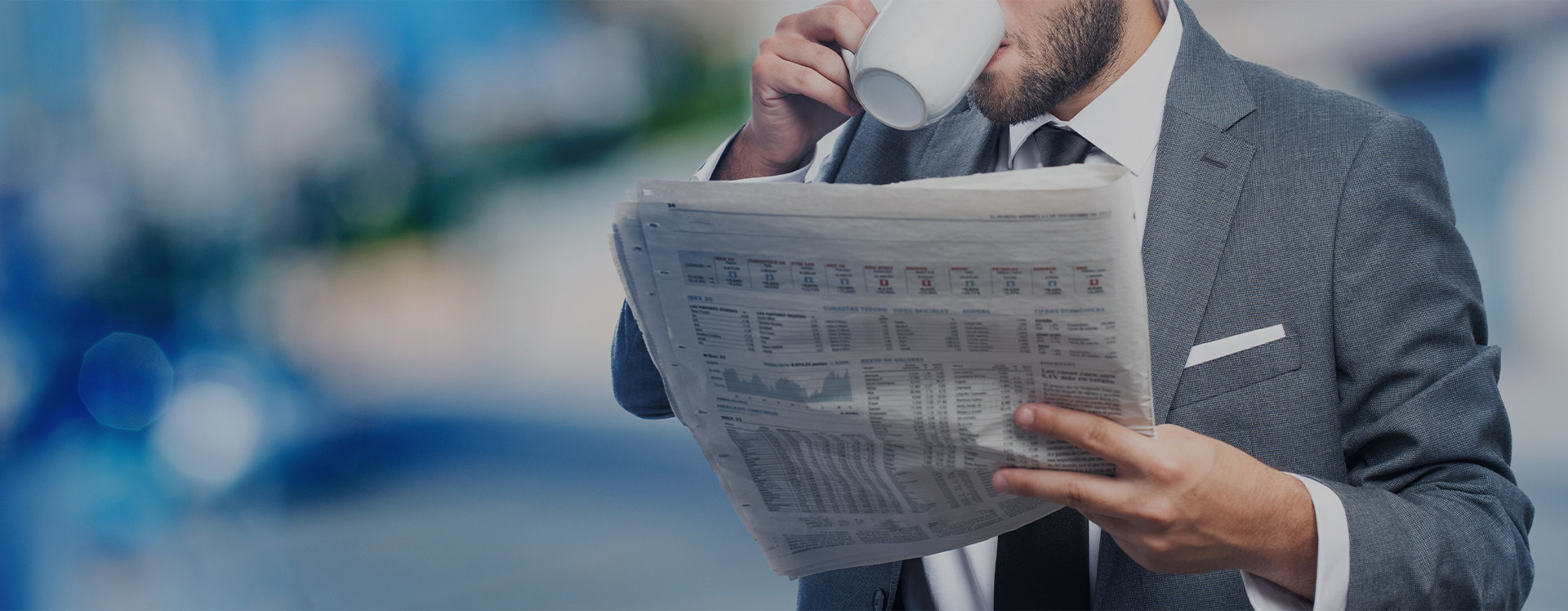The Importance of Water Blocking Yarn in
Release time:
2024-08-06
Source:
FibreSpeare CO., LTD.
Table of Contents
Introduction to Optoelectronic Devices
Optoelectronic devices are integral components in modern electronic systems, combining optical and electronic functionalities. These devices rely on the interaction between light and electricity, enabling applications ranging from telecommunications to medical technologies. As the demand for high-performance optoelectronic devices increases, ensuring their reliability and durability becomes crucial.
Understanding the operational environment of these devices is essential. Many optoelectronic components are exposed to moisture and environmental factors that can cause degradation, leading to performance loss. This is where water blocking tape comes into play as a protective measure that enhances device longevity.
The Role of Water Blocking Tape in Optoelectronics
Water blocking tape is specifically designed to protect electronic components from moisture ingress. It is composed of materials that swell upon contact with water, effectively blocking it and preventing it from reaching sensitive parts of the device. The application of water blocking tape can significantly enhance the reliability of optoelectronic devices by:
- Preventing corrosion of metallic components.
- Maintaining the integrity of optical pathways.
- Reducing the risk of short circuits caused by moisture.
By incorporating water blocking tape, manufacturers can improve the overall performance of their optoelectronic devices, ensuring they function optimally in various environmental conditions.
Benefits of Using Water Blocking Tape
The advantages of using water blocking tape in optoelectronic devices are manifold. Here are some key benefits:
1. Enhanced Durability
Water blocking tape significantly increases the lifespan of optoelectronic devices by reducing the risk of moisture-related damage. This is particularly important in regions with high humidity or for devices exposed to outdoor conditions.
2. Cost-Effectiveness
While there is an initial investment in water blocking tape, the long-term benefits far outweigh this cost. By preventing failures and the need for repairs or replacements, manufacturers can save substantial amounts of money.
3. Improved Performance
Devices that utilize water blocking tape maintain their functional integrity over extended periods, ensuring consistent performance. This is crucial for applications that require high reliability, such as medical imaging and communication systems.
4. Easy Application
Water blocking tape is user-friendly and can be applied without specialized equipment. This makes it accessible for manufacturers and technicians alike.
5. Versatility
It can be used across a range of optoelectronic devices, including LEDs, lasers, and photodetectors, making it a versatile solution for various applications.
How Water Blocking Tape Works
Understanding the mechanics of water blocking tape is essential for optimizing its application. The tape typically consists of a polymer matrix filled with hydrophilic materials. When exposed to moisture, these materials absorb water and expand, creating a barrier that prevents further moisture ingress.
Additionally, the adhesive properties of the tape allow for secure attachment to various surfaces, ensuring that the protective barrier remains intact. This combination of swelling and adhesion forms an effective defense against moisture, thereby safeguarding the optoelectronic components.
Application Techniques for Water Blocking Tape
To maximize the benefits of water blocking tape, proper application techniques are crucial. Here are some steps to ensure effective usage:
1. Surface Preparation
Before applying the tape, ensure that the surfaces are clean and dry. Remove any dirt, dust, or moisture to promote optimal adhesion.
2. Measuring and Cutting
Measure the required length of tape needed for the application and cut it accordingly. It’s essential to avoid any overlaps that could compromise the seal.
3. Applying the Tape
Carefully apply the tape onto the designated area, ensuring even pressure is maintained throughout the application. This will help to eliminate air bubbles and ensure a tight seal.
4. Testing the Seal
Once the tape is applied, test the seal by exposing it to moisture to ensure that it functions as expected. This step is crucial for applications where reliability is paramount.
Common Mistakes to Avoid When Using Water Blocking Tape
While water blocking tape is a relatively straightforward solution, certain mistakes can undermine its effectiveness. Here are common errors to avoid:
1. Inadequate Surface Preparation
Failing to clean the surface before application can lead to poor adhesion and compromised performance.
2. Incorrect Tape Selection
Using the wrong type of water blocking tape for your specific application can lead to suboptimal results. Always choose tape that matches the environmental conditions and device requirements.
3. Overlapping Tape Edges
Overlapping edges can create channels for moisture to seep through, nullifying the protective effect of the tape. Ensure a flush application.
4. Neglecting Testing
Skipping the testing phase after application can result in undetected failures. Always conduct moisture exposure tests to verify the integrity of the seal.
Case Studies: Success Stories
Several industries have successfully implemented water blocking tape in their optoelectronic devices, showcasing its effectiveness:
1. Telecommunications
Telecommunication companies have reported significant reductions in equipment failures related to moisture exposure by incorporating water blocking tape in their network infrastructure. This has led to more reliable service delivery and decreased maintenance costs.
2. Medical Devices
In the medical field, devices such as endoscopes and imaging systems that utilize water blocking tape have demonstrated enhanced reliability, ensuring consistent performance in humid environments.
3. Automotive Industry
Automotive manufacturers have adopted water blocking tape in optoelectronic components within vehicles, leading to improved durability and longevity of essential systems like lighting and navigation.
Conclusion
Water blocking tape plays a crucial role in maximizing the performance and lifespan of optoelectronic devices. By effectively preventing moisture ingress, it enhances durability, reduces costs, and improves overall functionality. Understanding its application and avoiding common mistakes will ensure that manufacturers can leverage this valuable tool to its fullest potential. As technology continues to evolve, the importance of protecting delicate optoelectronic components with solutions like water blocking tape cannot be overstated.
FAQs
1. What is water blocking tape made of?
Water blocking tape is typically composed of a polymer matrix with hydrophilic materials that expand upon contact with moisture.
2. Can water blocking tape be used in all environments?
Yes, water blocking tape can be used in various environmental conditions, but it’s essential to select the appropriate tape that fits the specific application requirements.
3. How do I know if water blocking tape is working effectively?
Conduct moisture exposure tests after application to ensure that the tape provides an adequate seal against moisture ingress.
4. Is water blocking tape easy to apply?
Yes, water blocking tape is designed for user-friendly application and does not require specialized tools.
5. What happens if water blocking tape is applied incorrectly?
Incorrect application can lead to compromised adhesion, allowing moisture to penetrate and damage the device. It’s crucial to follow proper application techniques to avoid this issue.






